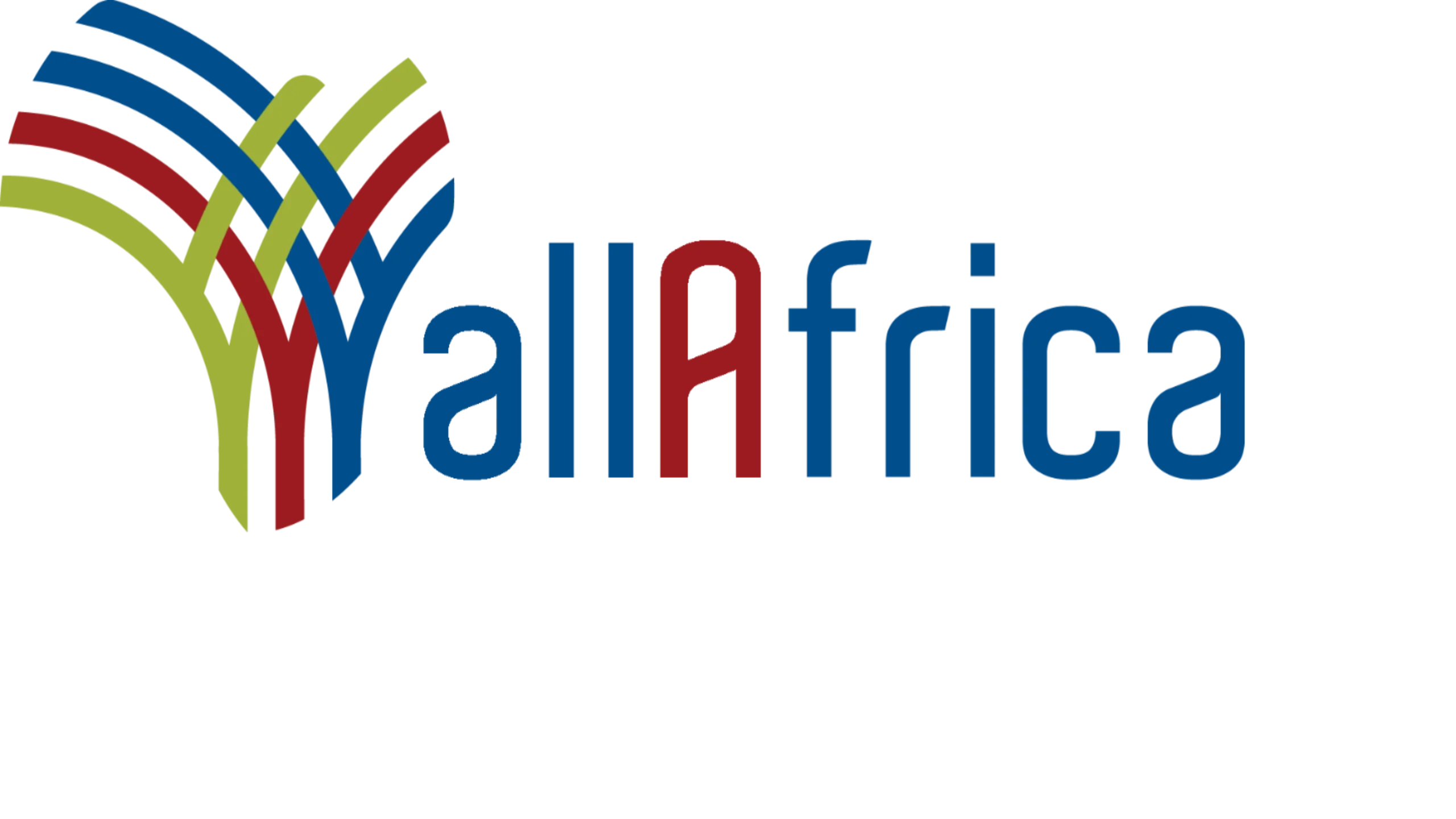The Monetary Policy Committee (MPC) of the Bank of Ghana (BoG) has commenced its routine meeting to evaluate the performance of the Ghanaian economy and determine the appropriate policy rate.
This rate significantly impacts lending rates across the country, with an increase typically causing loan rates to rise and a decrease having the opposite effect.
However, this three-day meeting which ends on Friday, May 24, occurs during a period of significant cedi depreciation against the dollar and other major currencies, with limited options available to counter the rising dollar. Despite the government’s suspension of most foreign debt servicing due to the debt restructuring program, the cedi continues to weaken.
As of the close of trading on Tuesday, May 21, the cedi had depreciated by 18.07% since the beginning of the year and by 5.02% in May alone. The dollar was selling above GH¢15.15 at forex bureaux before noon on Wednesday, May 22 and opened around GH¢14.70 on the interbank market.
Join our WhatsApp Channel for more news
Following a brief stabilization last week due to a $95 million injection, the cedi’s decline has resumed at an accelerated pace. Market analysts suggest the interbank market is maintaining this upward trend due to insufficient dollar supply to meet demand.
Members of the MPC will have to find a fine balance to either stop the cedi depreciation or at least slow down the speed at which the currency is depreciating, without hurting the economy. This might necessitate policy measures or an increase in the policy rate. Increasing the policy rate could make savings more attractive, encouraging individuals and businesses to save rather than converting cedis to dollars, which would reduce dollar demand. However, given the low interest rates offered by most banks and declining treasury bill rates, this approach might not succeed, especially since the dollar has appreciated over 18% against the cedi since January.
Additionally, with the policy rate already at 29%, a further increase could be detrimental to businesses needing loans for expansion. Current lending rates range between 30% and 50%, depending on the financial institution, and any rise in the policy rate could be disastrous for businesses and the economy.
